
Life like in sci-fi movies is something you can have too.

In the 21st century, everyone is busy. Even if we have time, we hope to spend it on meaningful things.
So we often want machines to help us with auxiliary tasks.
It would be great if there were ways to have machines do the work for us.
This is why we desire smart homes.
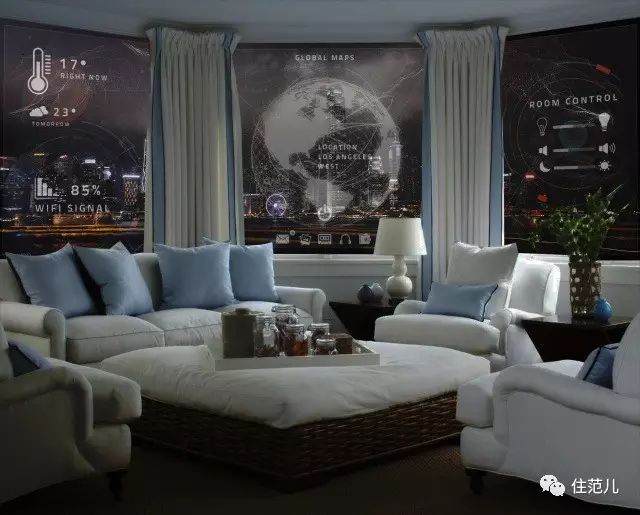
▲ New trend in smart homes: smart windows
Image source:admin.mashable.com

What is Smart Home Technology
Smart home technology refers to a system that makes your home intelligent and controllable. All smart devices in your home, including appliances, lights, and locks, can be connected via wireless networks for centralized control.
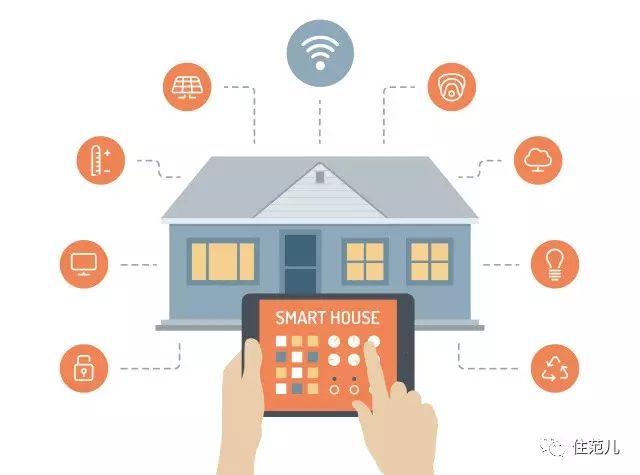
▲ Image source: theappsolutions.com
Your home essentially becomes a robot. You just need to open an app on your phone to remotely control it, allowing it to perform various tasks. For instance, you can turn lights on and off, lock and unlock doors, play music, and turn on the air conditioning.
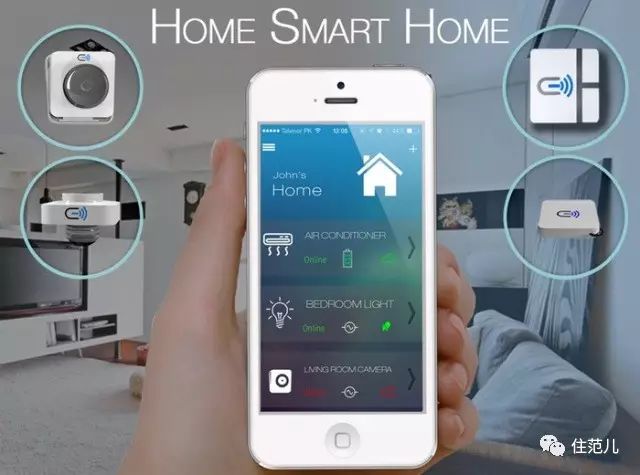
▲ Image source: pbs.twimg.com
So how does a smart home system achieve these functions?
First, you need a wireless router to connect all the devices. Then, you need to install specific components. For example, smart plugs and smart switches are tools that help connect various appliances.
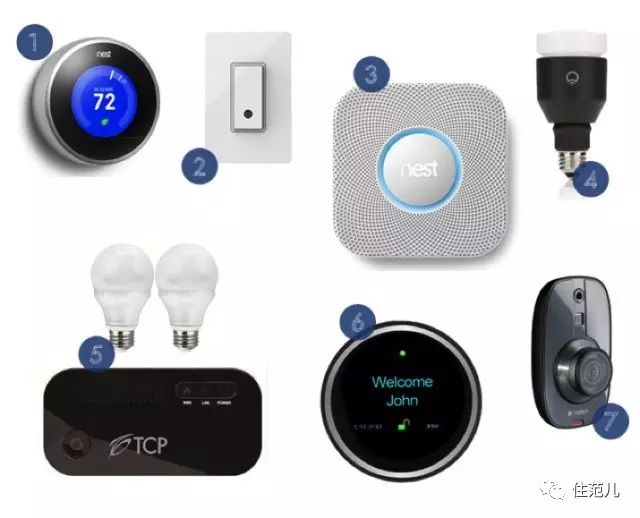
▲ These are various accessories for lighting systems
Image source: netdna-ssl.com
These components can also form different systems, such as security systems, lighting control systems, environmental control systems, and entertainment systems.
Every smart home vendor will provide corresponding system packages, which can be purchased as a full set or assembled freely based on individual needs.

What Functions Does It Have?
An important concept of smart home technology is to connect the functions of various appliances and products in the home, to satisfy human needs and integrate to form new functions.
Thus, the functionality of a smart home cannot be achieved by just one or two products; it is a comprehensive function realized by integrating multiple products.
This feels a bit like building blocks, where small functions are combined layer by layer, and the final functionality is often a combination of several small functions.

▲ Reintegrating functions
Image source: .twimg.com
▏A Blessing for Perfectionists▕
Have you ever gone to work and suddenly wondered if you left the door unlocked, the air conditioning off, or the gas on? My mother, who is going through menopause, seems to question this almost every day.
At such times, I think, if I could check the status of appliances at home and control them remotely, that would be great.
Smart home technology can achieve this—through remote control functions.
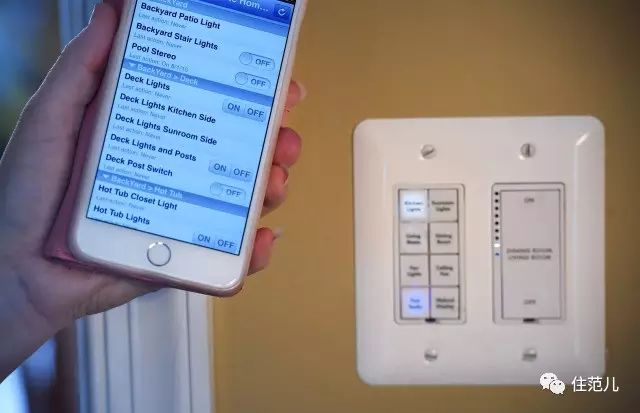
▲ Image source: Switches for various lights on the phone
This is one of the easiest aspects of smart home technology to implement. For example, for lights, you just need to buy a switch component, which connects to the electrical wiring just like a regular switch. For appliances, just replace them with dedicated plugs or power strips.
Then, download the cloud panel on your phone to directly check the power usage and switch status at home. If you find something that should be off but is still on, just press a button to turn it off immediately.
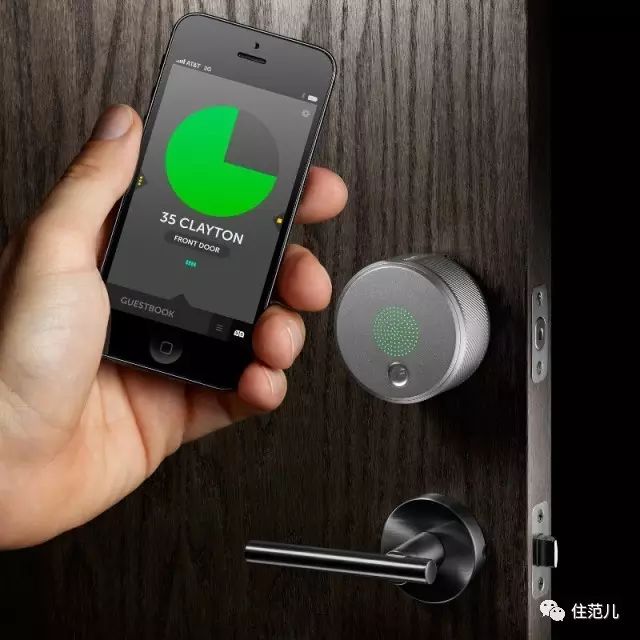
▲ Image source: relax.ru
The same applies to doors — after installing a door sensor, you can check its status on the device to see if it is open or closed, and even record the time each time the door is opened or closed.
Now, you no longer have to worry about your mother’s perfectionism.
▏Like Suddenly Having Armor▕
Do you envy those companies in American dramas that have password locks, fingerprint locks, infrared sensors, and cameras? Actually, we can also experience this high-tech feeling at home. Because smart home technology also has security functions.
By connecting smart cameras to the network, we can check the status of our home on the phone at any time, see if any strange people have entered, or if the child at home is doing homework or watching TV.
Of course, it’s also fine to check if the pet is misbehaving at home.
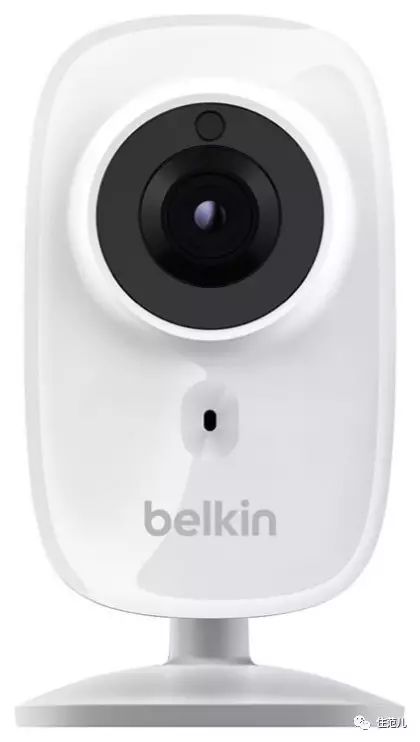
▲ Image source: hzcdn.com
By installing infrared sensors at home, the switch can be activated after falling asleep, and if there is unusual movement in the house, it will trigger an alarm immediately, allowing for a more secure sleep.
If you want more real-time notifications, some vendors’ door sensors, like Dingding’s door sensor, will notify you by phone as soon as someone enters or exits, making it possible to keep a close eye on your home situation.
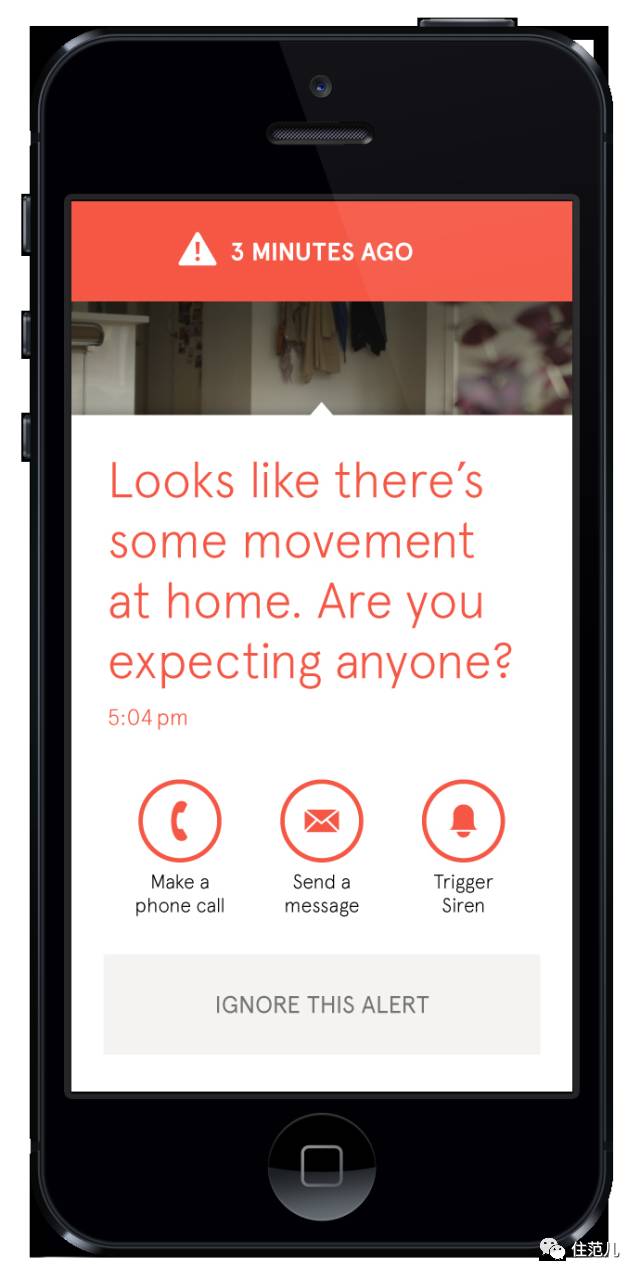
▲ Notifications sent to your phone when there’s movement at home
Image source: gigaom.com
Of course, you can also replace traditional locks with password locks or fingerprint locks, so you don’t have to worry about losing your keys and having to change the locks inside and out.
▏Your Smart Butler▕
When selecting smart products, people certainly hope they can be considerate.
If what I need can be done automatically without me having to do anything, how perfect is that? Smart home technology is designed for this.
Based on our different living habits, we can set up different scenes in the smart home system.
This means that after setting it up, the devices I need in that scene can operate automatically. Through the scheduling function, I can also control when this scene occurs.

▲ In the episode of Black Mirror: White Christmas, the smart butler sets the scene for the owner in that egg.
Image source: wikimedia.org
For example, in the morning scene, half an hour before waking up, the air conditioning automatically turns on to adjust the room temperature, and the water heater starts heating water. When it’s time to get up, music starts playing in the room, and the curtains automatically open.
While these devices operate in the scene, they are completely automatic, and there’s no need for us to worry.
If you’re too lazy to set it up, some high-end smart home systems even have a learning function, which automatically configures different scenes based on your usual appliance usage habits.

▲ Similar to the AI in the American drama Person of Interest (M)
Image source: i.ytimg.com
However, this function requires our smart home system to be relatively complete. All appliances that need to work must be connected to the same smart home system.
To achieve this function, it may require lighting systems, smart appliances, smart plugs, and many subsystems, as well as the cooperation of small accessories. Therefore, if you have this need, it’s best to use products from the same brand.

Why Haven’t More People Installed It?
Since smart home technology has such powerful functions, why hasn’t it become widespread and installed in every household?
▏Price Is Not The Issue▕
Many people first think of the price issue, wondering if it’s too expensive and not affordable?
In fact, there is a significant price difference in the smart home system industry, ranging from hundreds to thousands. Many functions mentioned above can be achieved at a price of just a few hundred, while the more expensive ones are usually those with auxiliary functions.
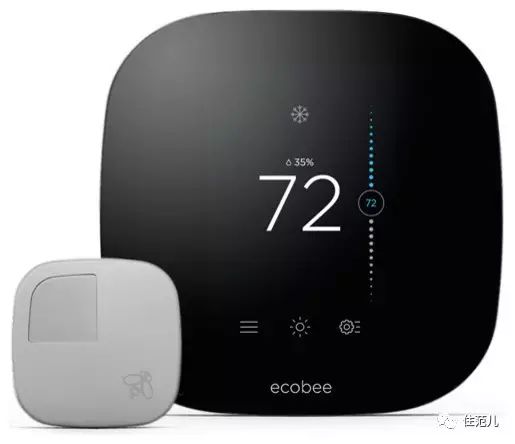
▲ This is a high-end accessory that allows you to control the temperature at home at any time, priced at $266 on the official website.
Image source: hzcdn.com
So, price is not the main reason why people don’t choose smart home technology. After all, young people today value quality of life. If it can make life more comfortable, spending a little money is not a big deal.
▏Suddenly Having a Weakness▕
Earlier, we mentioned that having a smart home feels like putting armor on your home, giving you immense peace of mind.
However, based on my experience watching sci-fi movies, making your home too smart can easily lead to problems. If all the appliances, doors, and lights in the house are connected to the internet, what if the network gets hacked?
Intruders could control your doors, lights, air conditioning, and even gas (oh my!). So, we need to learn to encrypt our networks and be aware of network security.
I never expected that just trying to take it easy would require so much knowledge.

▲ In the British drama Black Mirror, these mechanical bees were used as murder weapons because they were controlled via the internet.
Image source: pinimg.com
▏Control Panels Are Not User-Friendly▕
However, the focus is still on comfort.
Currently, there are quite a few companies in China that provide smart home systems, and each company has a different app.
If you install a product from one company and find that another company has a new feature you want to add, you will need to download another app.
For example, Xiaomi’s lighting system cannot be controlled by the same panel as BroadLink’s security system.
While you don’t have to do everything manually, switching between numerous apps daily can be quite a headache!
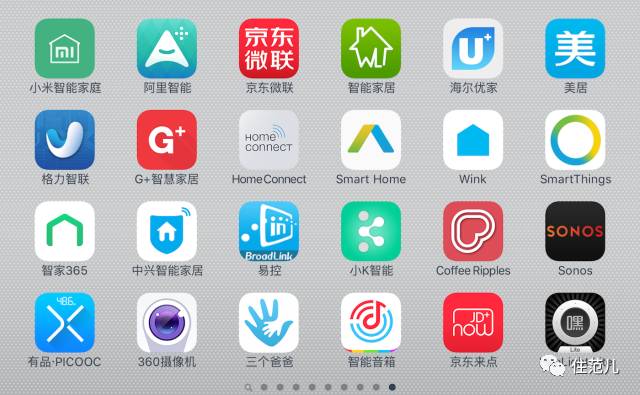
▲Image source:geekpark.net
Moreover, some appliances may not be very compatible with smart home systems. If you want to install smart home technology, you need to buy compatible appliances.
Even if you only use products from one company, the settings and editing processes can be quite unpleasant.
Indeed, there is no functionality module called scene module. You need to come up with these scenes yourself and then determine each appliance that will be used, setting them one by one under their respective panels.
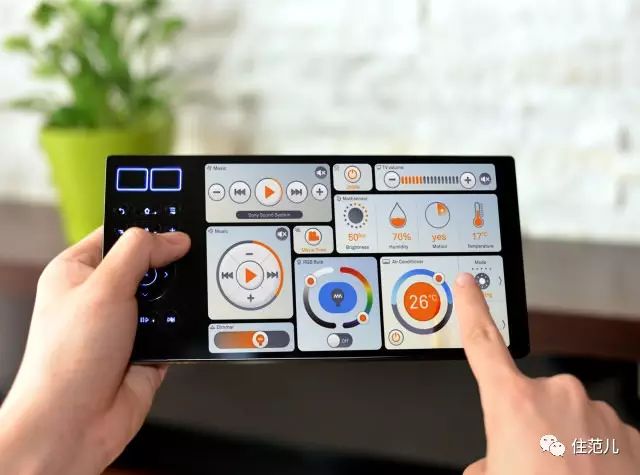
▲ Image source: geeky-gadgets.com
If there is a logic like “if A happens, then B happens,” you also need to associate them one by one and set the timing.
So, if you want a smart life, you need to be smart yourself. Can it work?
Of course, if you are an app expert, particularly enjoying the smooth transitions between various apps and adept at planning your life, then go ahead! The smart home system welcomes you!
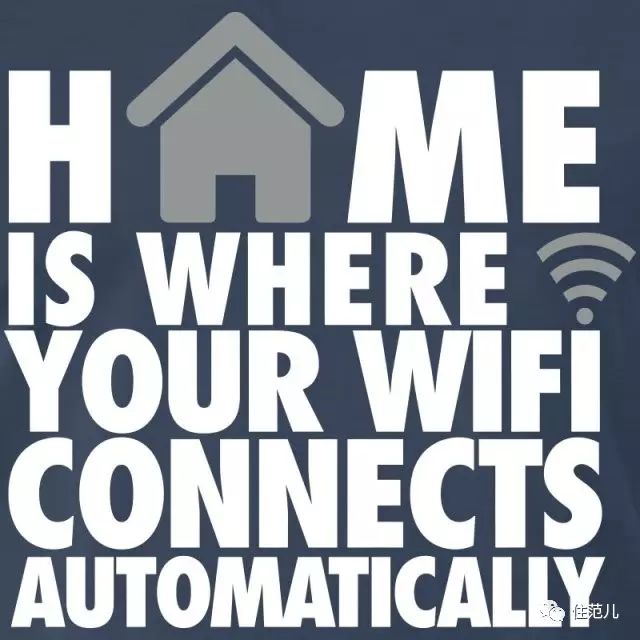
▲Image source:spreadshirtmedia.net
However, all the above issues stem from the immaturity of the smart home industry.
There is no unified standard, and various products do not match when connected; in terms of product experience, it is still not detailed enough and user-friendly; security issues have not received enough attention.
But smart home technology is a trend. Just like we have become accustomed to modern transportation, it is hard to go back to riding horses.
Smart home technology can indeed bring us unparalleled life experiences—perhaps it just needs a little more time.
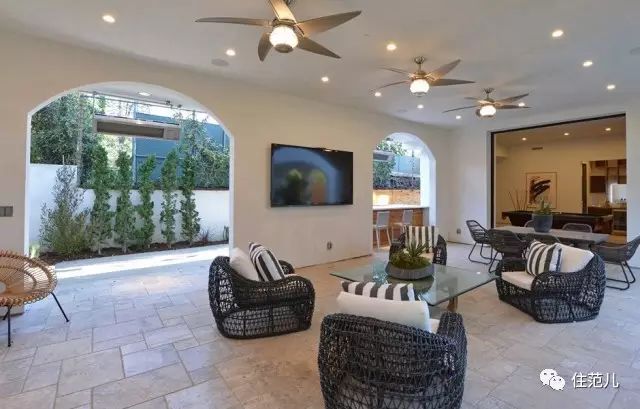
▲ Image source: houzz.com
While waiting for improvements, bold geeks can try to DIY half and buy half to get started! For those of us who just want to live a bit more comfortably, we can start by choosing some smart home accessories or subsystems that we need.
Smart lighting systems, smart toilet seats, and smart kitchen adjustment systems are all suitable products for beginners.
If you have any questions about the terms in this article, you can directly reply with the relevant terms on the public account page (not in the comment section below the article).
If you want to learn other decoration knowledge, you can also reply with keywords on the public account page.
Source: Original by Zhu Faner
Editor: Floating Cloud
For submissions and collaborations, please email: [email protected]

